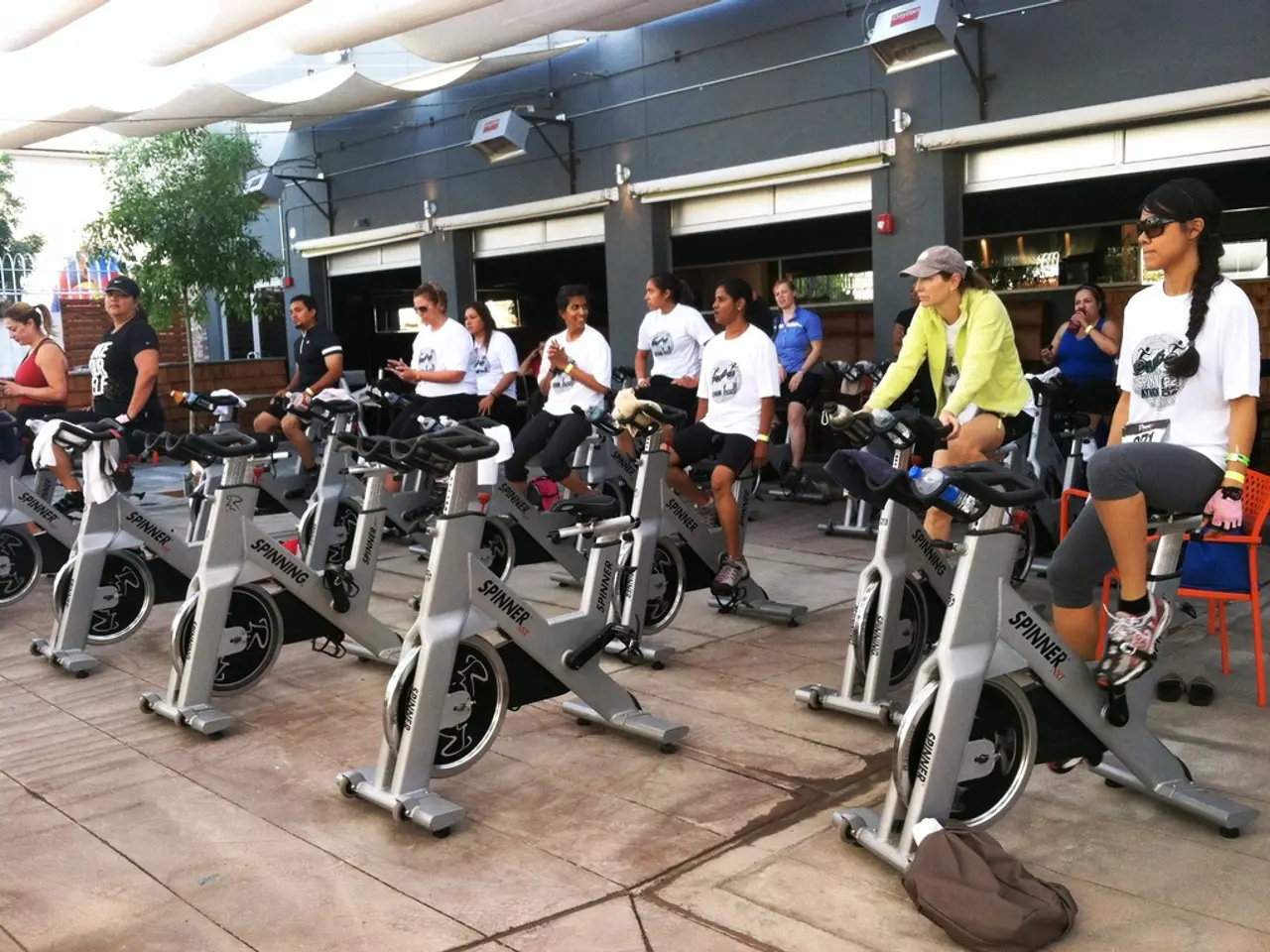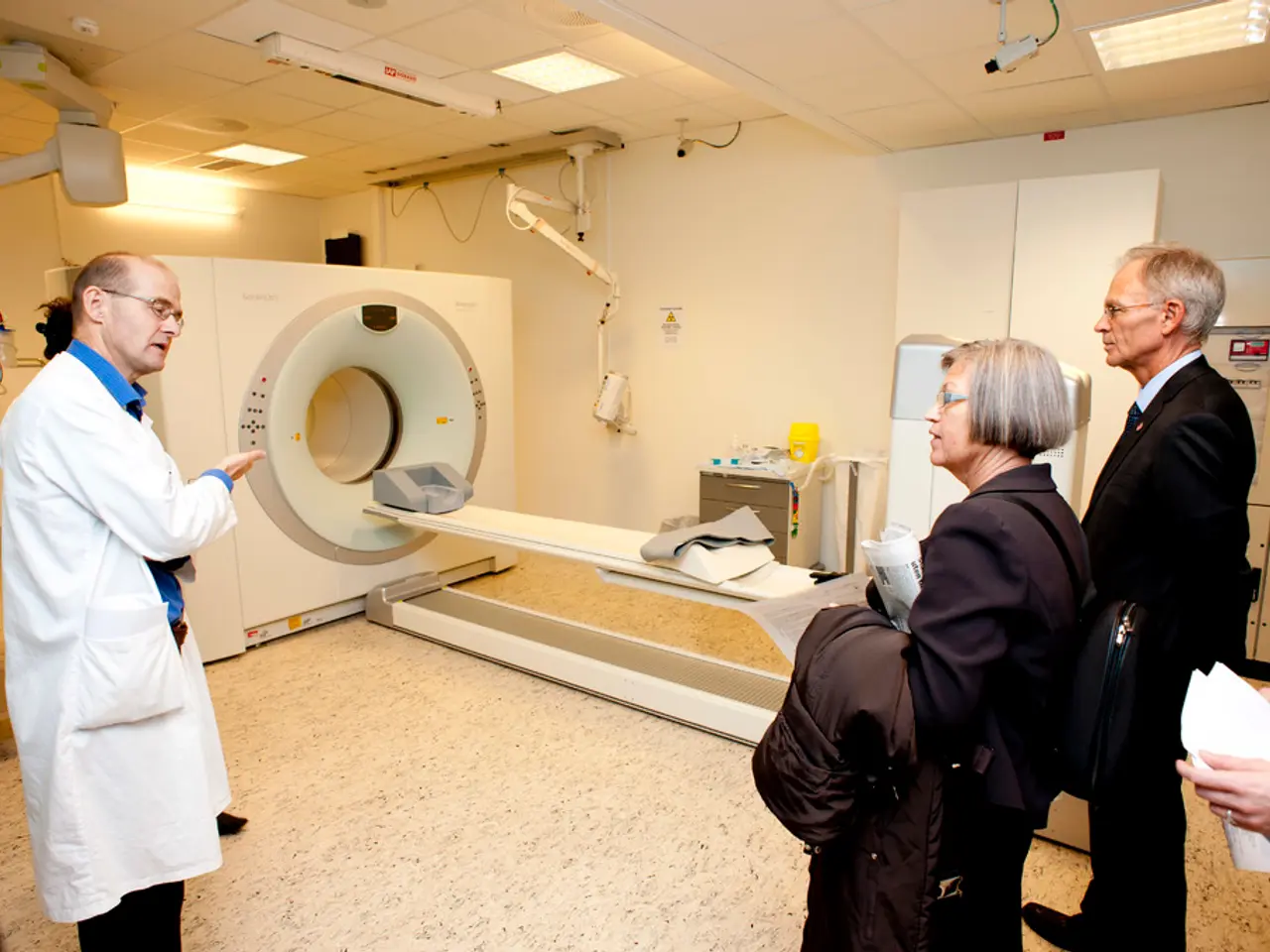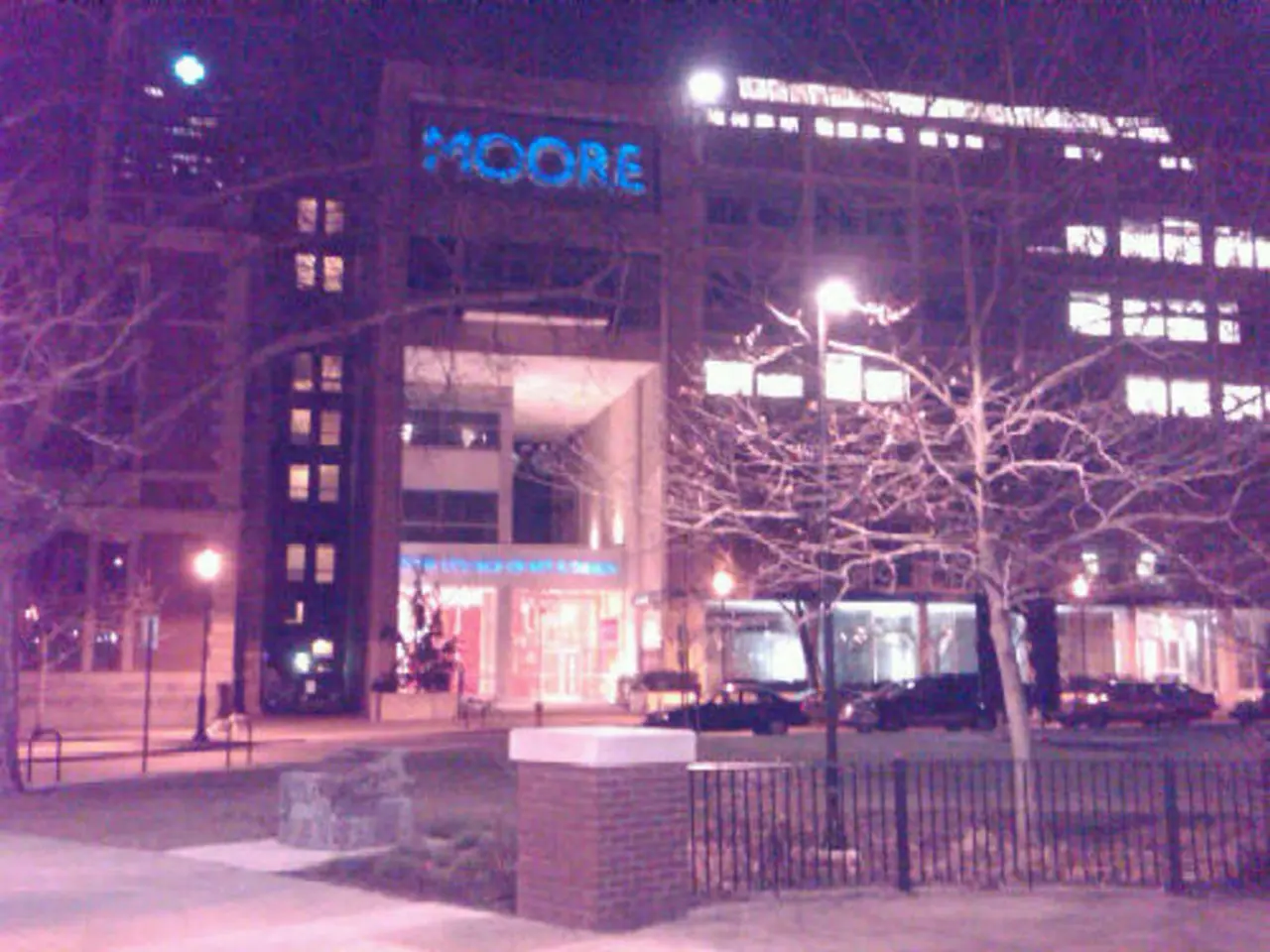Identifying an Overabundance of Negativity in Your Sphere: Recognizing and Dealing with Pessimistic Individuals
When you push your body to its limits during intense exercise, you might feel a familiar burning sensation in your muscles. This sensation, often associated with the buildup of lactic acid, has long been a subject of debate. Here, we delve into the science behind lactic acid, its role in muscle burn, and the misconceptions that surround it.
During high-intensity exercise, your muscles require energy at a faster rate than your aerobic metabolism can supply. To meet this demand, muscles switch to anaerobic glycolysis, a process that breaks down glucose for energy without the need for oxygen but produces lactate as a byproduct[5]. This lactate builds up when the rate of production exceeds the body's ability to clear it, especially early in intense exercise or during activities like sprinting, weightlifting, or climbing[1].
Contrary to popular belief, lactic acid itself is not directly responsible for the burning sensation during intense exercise. Instead, it is the accompanying increase in hydrogen ions (H⁺), which lowers the pH inside muscle cells, creating an acidic environment[2][4]. This acidity, or metabolic acidosis, can impair enzyme function, slow ATP (energy) production, and contribute to the heavy, burning feeling that makes you want to slow down or stop[4].
Recent research clarifies that while the acidic environment (from H⁺ ions) can cause discomfort, the accumulation of inorganic phosphate (from the breakdown of creatine phosphate) is a more direct cause of muscle fatigue in mammals at normal body temperatures[2]. Inorganic phosphate reduces the force muscles can generate by interfering with calcium release, which is essential for muscle contraction[2].
In summary, lactic acid builds up in muscles during intense exercise due to anaerobic glycolysis, but it is the associated hydrogen ions that cause the acidic environment and the burning sensation—not lactic acid itself[2][4]. While acidosis contributes to discomfort and temporary performance decline, other factors like inorganic phosphate accumulation also play significant roles in muscle fatigue[2].
Regular aerobic training can enhance lactate clearance, delay the onset of acidosis, and improve exercise tolerance[1][3]. Gradual increases in exercise intensity help prevent muscle burn by allowing the body to adapt to new levels of physical activity. Proper warm-up and cool-down before and after exercise, hydration, nutrition, rest, and recovery are all crucial for preventing muscle burn and promoting overall fitness.
| Factor | Role During Intense Exercise | Effect on Muscle Sensation | |-----------------------|-----------------------------------------------|-----------------------------------------| | Lactate | Byproduct of anaerobic glycolysis | Indirect (via H⁺ and acidosis) | | Hydrogen ions (H⁺) | Cause cellular acidosis | Direct (burning, discomfort) | | Inorganic phosphate | Accumulates from energy metabolism | Direct (reduces muscle force, fatigue) | | Oxygen debt | Needed to clear lactate and restore pH | Recovery depends on aerobic clearance |
In conclusion, understanding the role of lactic acid and its relationship with muscle burn can help athletes and fitness enthusiasts optimise their training and recovery strategies, leading to improved performance and overall health.
In the context of high-intensity exercise, lactic acid acts as a byproduct of anaerobic glycolysis, and it's not the acid itself that causes the burning sensation, but rather the accompanying increase in hydrogen ions that lower the pH in muscle cells and create an acidic environment. Proper nutrition, rest, and recovery, including hydration, are essential elements in a health-and-wellness regimen to prevent muscle burn and promote overall fitness-and-exercise, as regular aerobic training can enhance lactate clearance, delay acidosis, and improve exercise tolerance.




